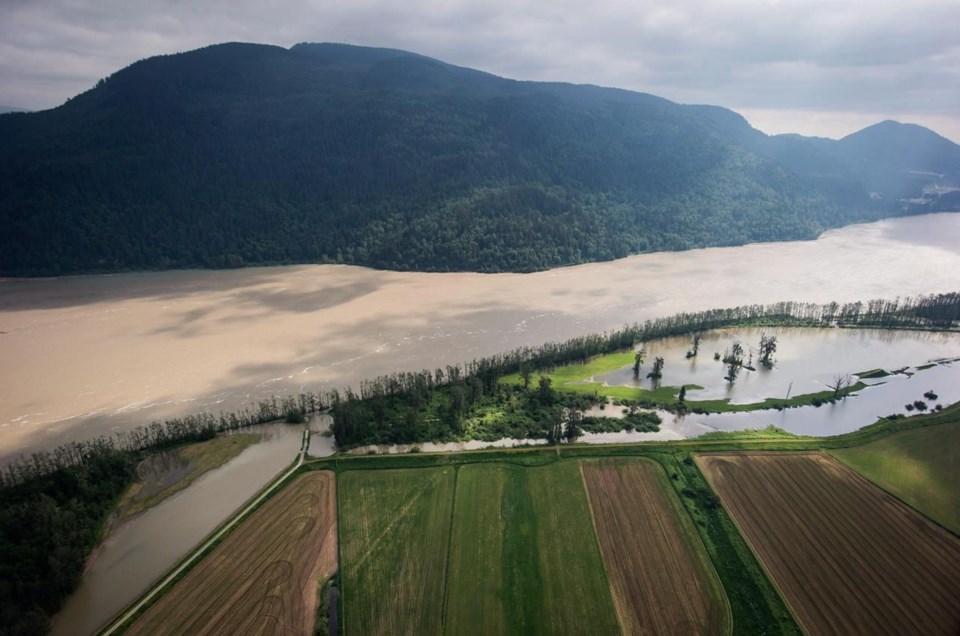VICTORIA — Severe drought, wildfires, flooding and landslides in British Columbia last year show that responding to climate change requires focusing on water and strengthening natural defences provided by healthy watersheds, an expert says.
"We've all learned that climate crisis is a water crisis," said Oliver Brandes, co-director of the University of Victoria's POLIS Project on Ecological Governance.
"Our best hedge against these challenges is to ensure the security of our watersheds and improve our capacity to manage water sustainably," he said.
The B.C. government announced Tuesday that it's developing a new strategy to protect watersheds and drinking water in response to threats posed by climate change combined with the effects of urban and industrial development.
Creating the strategy is an important step to help the province set its priorities and hopefully incorporate a greater focus on water as it modernizes land-use planning, Brandes said in an interview.
Restoring wetlands, riparian areas and other natural assets that filter water and act as buffers against flooding will require rethinking how and where communities develop and changing some forestry and agricultural practices, he said.
But it will also save costs in the long run as climate change worsens, he noted.
"If you're going to be doing disaster relief, and building back, build back with natural defences rather than built infrastructure that's costly and vulnerable in the future."
A discussion paper released by the Environment Ministry on Tuesday says areas of focus for the watershed security strategycould include the availability of safe drinking water, healthy ecosystems, ensuring a sufficient supply of water to support food security, as well as reducing risks from hazards like flooding and drought.
The paper outlines proposed "outcomes" for the strategy, including exploring opportunities for First Nations and local governments to play a greater role in managing water and integrating water more effectively into land-use planning.
The province's preliminary climate risk assessment released in 2019 identified seasonal and long-term water shortages among the greatest risks, which the paper says are compounded by population growth and industrial activity.
The removal of vegetation from watersheds to allow for urban development or by industries, such as forestry and mining, can contribute to flooding and harm sources of drinking water and aquatic ecosystems, it says.
The province is working with Indigenous Peoples, local governments and others to develop its strategy and consider new approaches to watershed governance, Environment Minister George Heyman said in a statement included in the paper.
"As the climate crisis continues, watersheds will play an increasingly central role in our lives by providing protection from storms and floods," he said.
"Healthy watersheds are critical for achieving watershed security and resiliency and are the foundation of healthy communities."
The strategy, expected to be released next year, also includes a water protection fund.
The deadline for public comment on the discussion paper is March 18.
The province previously launched the Healthy Watersheds Initiative as part of its $10-billion economic stimulus program in response to the COVID-19 pandemic. It allocated $27 million for hiring and training workers to support 60 projects aimed at restoring salmon habitat, carrying out watershed mapping and collecting data.
— By Brenna Owen in Vancouver
This report by The Canadian Press was first published Jan. 25, 2022.
The Canadian Press



